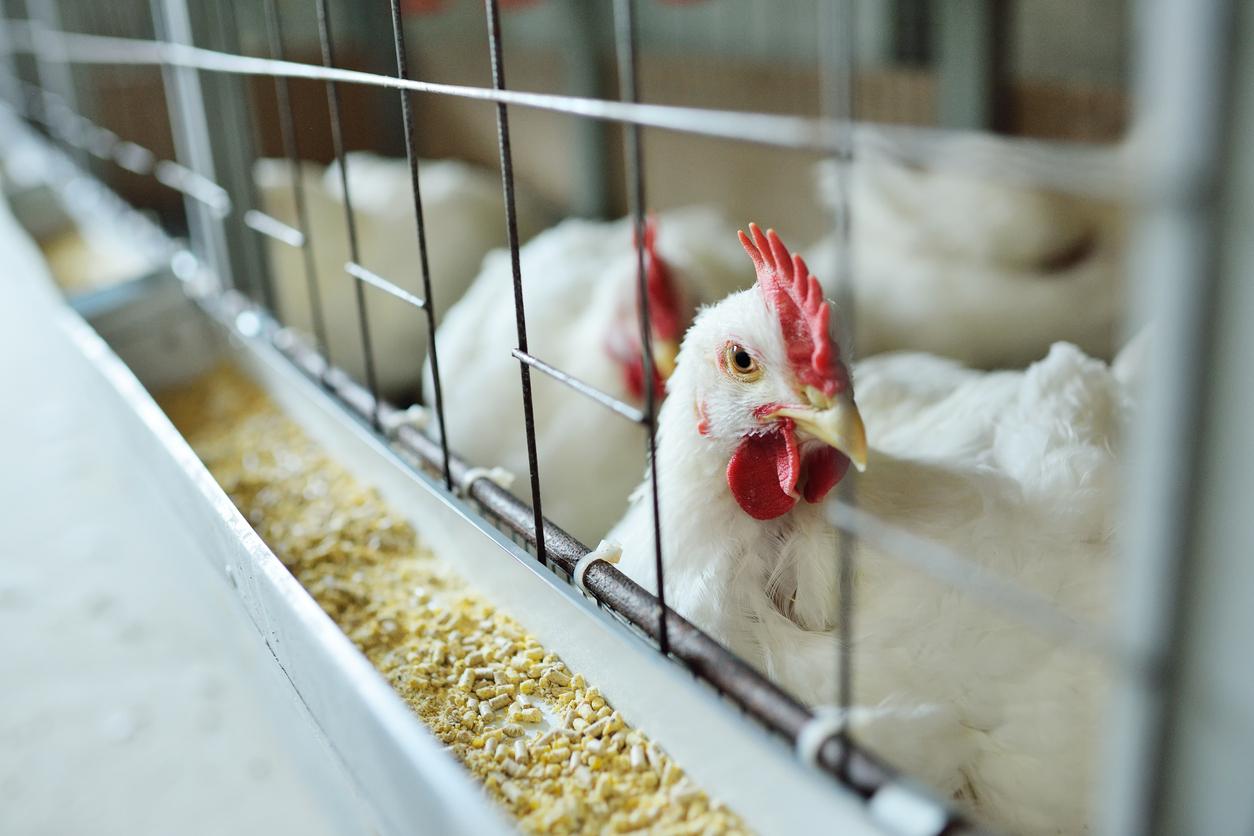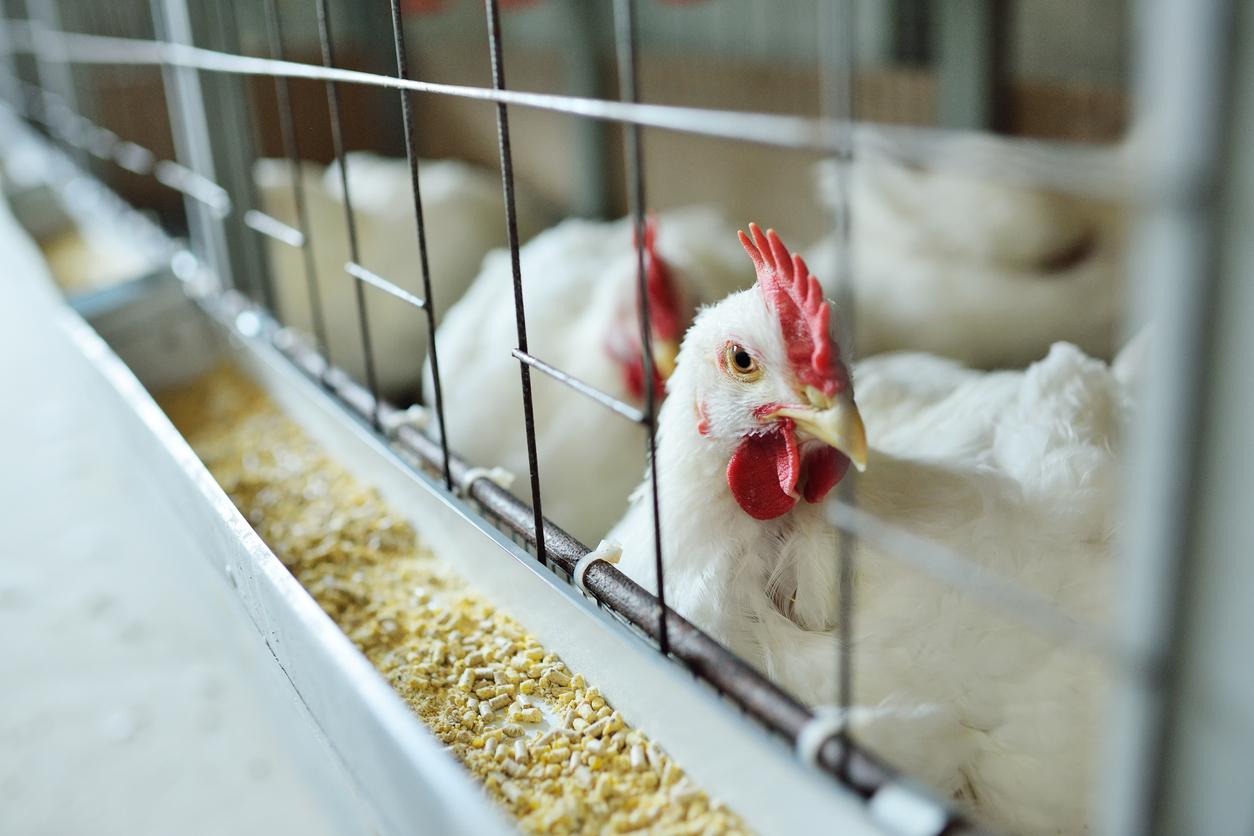An outbreak of “highly pathogenic” avian flu was detected on a poultry farm in La Poterie-Mathieu in Eure.

- An outbreak of avian flu has been detected on a poultry farm in Eure.
- It is “highly pathogenic” and measures have been taken to limit the spread of the virus.
- According to health authorities, the risk of avian flu infection is currently low for the general public in Europe.
While the risk level for avian flu was lowered around ten days ago, an outbreak of zoonosis was detected in Eure. Measures have been taken to prevent the circulation of the virus.
Avian flu: a “highly pathogenic” outbreak in Eure
A prefectural decree published on Saturday, December 28 indicates that the new outbreak of avian flu had been spotted the day before “in a domestic poultry farm” at La Poterie-Mathieu. The latter is “highly pathogenic” and requires “immediate eradication measures” farm animals.
The regional daily West France specifies that eight municipalities close to livestock farming have been placed in “protection zone” and 46 others in “surveillance zone”. The order provides that poultry be “sheltered” and that “only people essential to maintaining the breeding” are authorized to enter the buildings where they are installed. These measures are taken in order to “to limit the risk of spreading the disease”.
France is not the only European country to record cases of avian flu among birds. In total, twenty-six countries on the old continent have indicated that they have spotted the virus on their soil since August 1. “Although the total number of avian influenza cases remains low compared to previous years, the last quarter of the year saw an increase in cases in wild and domestic birds compared to the previous quarter”warns the European Food Safety Authority then specifying that the risk of infection is currently low for the general public in Europe.

Avian flu in the USA: human cases, including one serious
On the other side of the Atlantic, bird flu is causing even greater concern. In addition to infections in birds, the United States has seen a significant increase in cases in cattle, with more than 800 establishments affected across 16 states. Since the start of 2024, health authorities have also recorded 66 cases of transmission of the disease to humans, including one serious case.
Analyzes carried out on this hospitalized patient revealed that the virus he carried had mutated inside his body. The modifications allowed it to have “increased connections” with some “human upper respiratory tract cell receptors”. Fortunately, no contact cases have been contaminated by this pathogen, doctors assured.
If additional research will be carried out to study the mutations of this virus, scientists want to be reassuring: a new pandemic is not on the cards.














